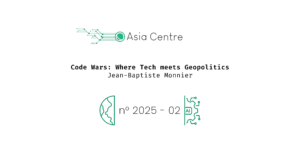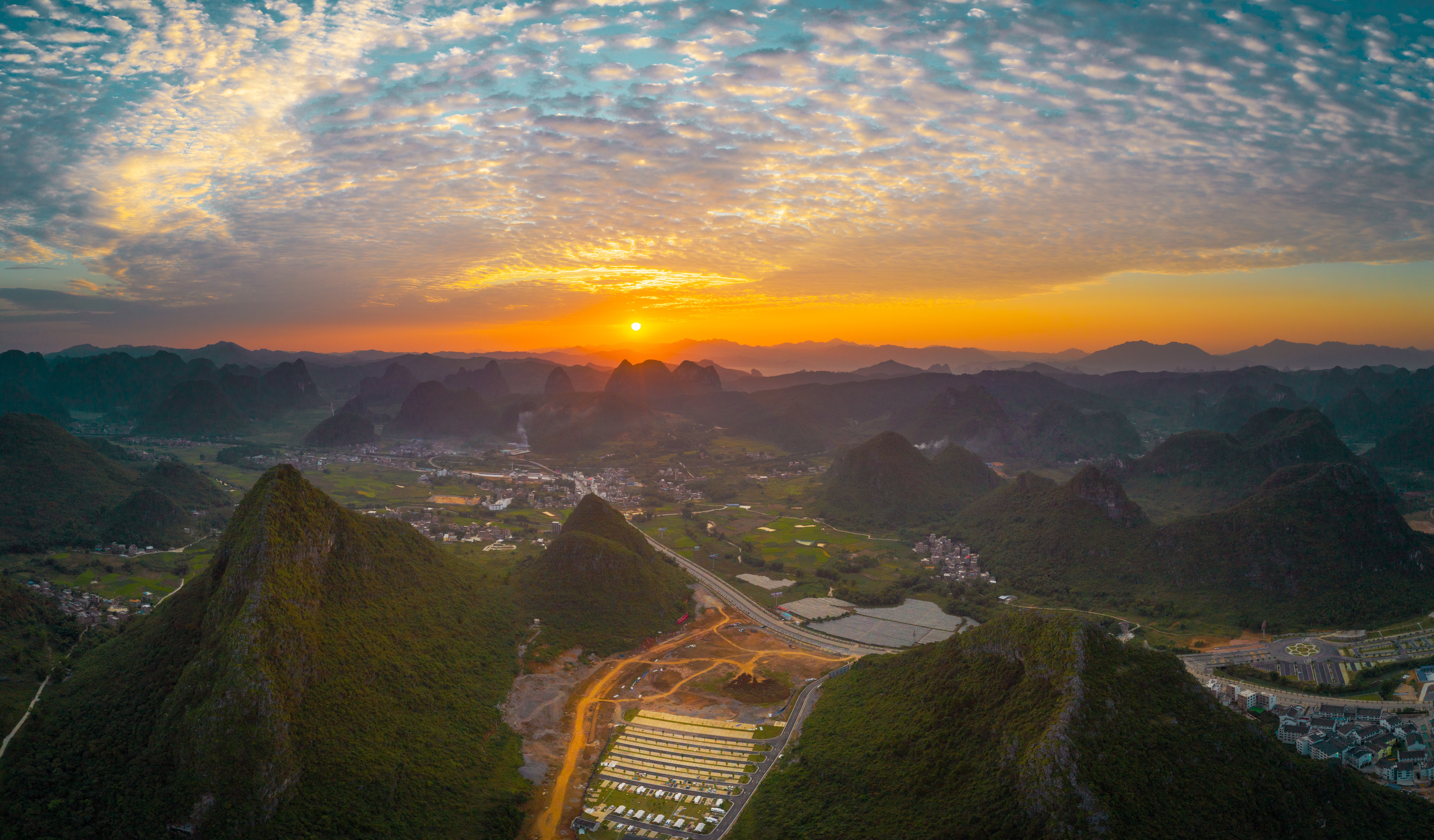In September 2012, the world discovered how much Sino-Japanese relations have deteriorated since the mid-2000s after violent anti-Japanese protests enflamed Chinese public opinion. In Europe and the United States, some were concerned about the repercussions of these tensions on regional balances in Pacific Asia, as well as about worldwide economic recovery, one of driving forces of which relies on commercial interdependencies between China and Japan. This degradation in Sino-Japanese relations was also interpreted as the outcome from redistributing power relations between the second and third world power in favour of China’s economic, military, diplomatic and cultural affirmation, as opposed to Japan’s structure, weakened by its demographic decline and the catastrophes that took place in 2011. Although the vision of the “return of Japan” on the regional scene, cultivated by Abe’s government today, is well-received by their South-Eastern Asian partners, who also fear Chinese maritime ambitions, it relies on projects that aim to increase their military response capabilities. These projects, associated with attempts currently under review from Article 9 of the 1946 Constitution, would be poorly received by both China and South Korea, but also by a portion of American public opinion, which is highly critical of the Japanese neo-nationalist trend.
Summary
– CLOSE UP ON THE NEWS –
Japan’s moves towards creating a new Asia-Pacific security architecture (Antonin Francesch)
– POINTS OF NEWS–
Yoshimi Yoshiaki, “How are Hashimoto’s statements to be interpreted? Further considerations on the problem of the Japanese army’s ‘comfort women’”, Sekai (Translated from the Japanese source by Amélie Corbel)
Kitaoka Shinichi, “Japan’s role in East Asia in 2032: the unshakeable dominance of the United States”, Gaikō (Translated from the Japanese source by Sophie Buhnik)




